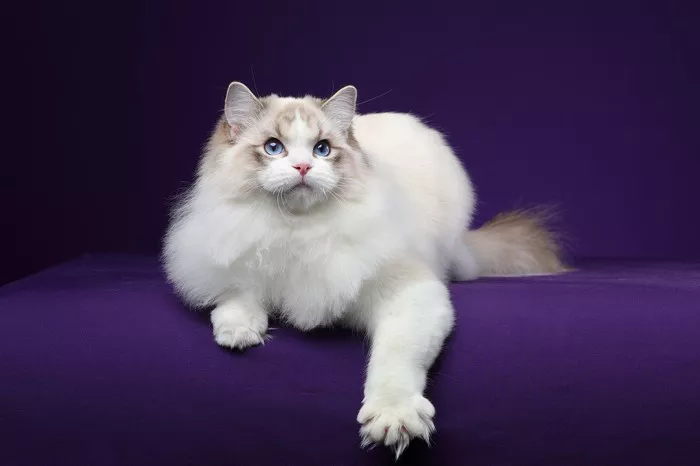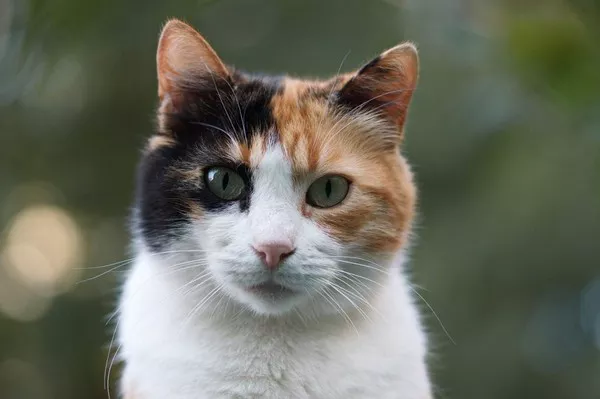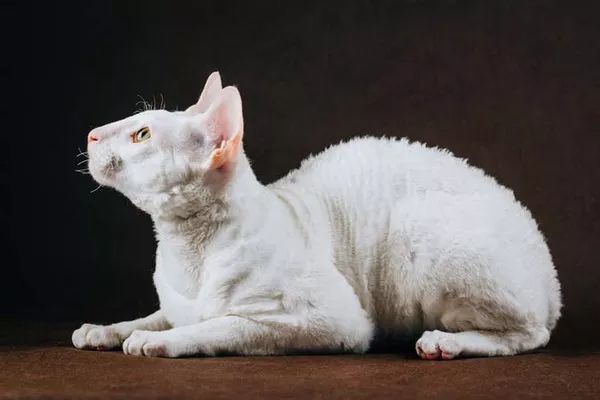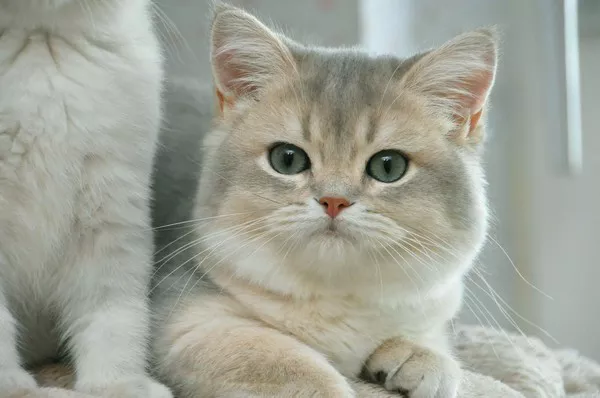Ragdoll cats, known for their stunning blue eyes, semi-long fur, and gentle disposition, are a beloved breed among cat enthusiasts. Their friendly nature and striking appearance make them a popular choice for pet owners. However, like any breed, Ragdoll cats come with their own set of challenges and cons that potential owners should consider. In this article, we will explore the cons of having a Ragdoll cat, offering insights into the responsibilities and potential difficulties associated with this breed.
1. Grooming Requirements
Ragdolls have beautiful, semi-long fur that requires regular grooming to prevent matting and tangles. While their fur is less prone to matting than some other long-haired breeds, it’s still essential to brush them at least a few times a week. Neglecting grooming can lead to discomfort for the cat and increased shedding around the home.
2. Shedding
Despite their semi-long fur, Ragdolls are not hypoallergenic cats, and they do shed. If you have allergies, be prepared for some degree of shedding, which may require more frequent cleaning and maintenance in your home.
3. Size and Weight
Ragdolls are a large breed, and their size can be both an advantage and a disadvantage. While their substantial size makes them appear more like a “floppy” ragdoll when held, it also means they require more space and may not be well-suited for small apartments or homes with limited room to roam.
4. Health Concerns
Like all breeds, Ragdolls are prone to specific health issues. Some of the health concerns associated with this breed include:
Hypertrophic Cardiomyopathy (HCM): Ragdolls are genetically predisposed to HCM, a common heart disease in cats. Regular veterinary check-ups and monitoring are essential to detect and manage this condition.
Obesity: Due to their large size and love of food, Ragdolls can be prone to obesity. It’s crucial to monitor their weight and provide a balanced diet and regular exercise.
Bladder Issues: Some Ragdolls may be more susceptible to urinary tract problems, including bladder stones. Adequate hydration and a suitable diet can help prevent these issues.
5. High Maintenance Eyes and Ears
Ragdolls are known for their striking blue eyes, but those beautiful eyes can be prone to excessive tearing. This can lead to staining around the eyes, requiring regular cleaning. Additionally, their large ears may accumulate more dirt and wax than average, necessitating periodic ear cleaning.
6. Sensitivity to Stress
Ragdolls are often described as laid-back and easygoing, but they can be sensitive to changes in their environment or routine. This sensitivity means they may not handle stress well, so it’s essential to provide a stable and calm living environment for them.
7. Cost of Ownership
Ragdoll cats typically come with a higher price tag than some other breeds due to their popularity and desirable characteristics. Additionally, their size and potential health concerns may result in higher veterinary bills over their lifetime.
8. Limited Independence
Ragdolls are known for their affectionate and sociable nature, which often means they crave human companionship. While this can be a positive trait, it also means they may become lonely or anxious if left alone for extended periods. Ragdolls thrive in homes where they receive plenty of attention and interaction.
9. Potential for Vocalization
While Ragdolls are not as vocal as some other breeds like Siamese cats, they are not entirely silent either. Some Ragdolls may be prone to vocalizing when they want attention or are experiencing discomfort.
10. Limited Outdoor Time
Due to their gentle and trusting nature, Ragdolls are not well-suited to outdoor life. They are more vulnerable to predators and accidents, so it’s generally recommended to keep them indoors or provide supervised outdoor experiences.
Conclusion
Ragdoll cats are undoubtedly charming, affectionate, and beautiful companions, making them a favorite among cat lovers. However, it’s essential to consider the cons and challenges associated with this breed before bringing one into your home. Grooming needs, potential health concerns, sensitivity to stress, and the need for companionship are all factors that should be carefully weighed against the breed’s positive attributes. With the right care, attention, and understanding of their unique characteristics, Ragdoll cats can make wonderful and loving additions to your family.



























